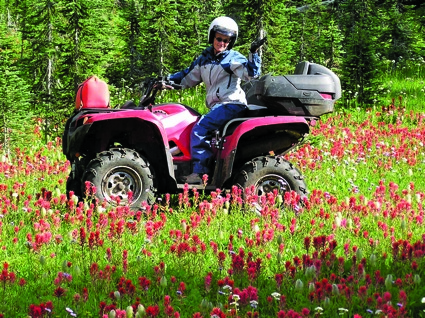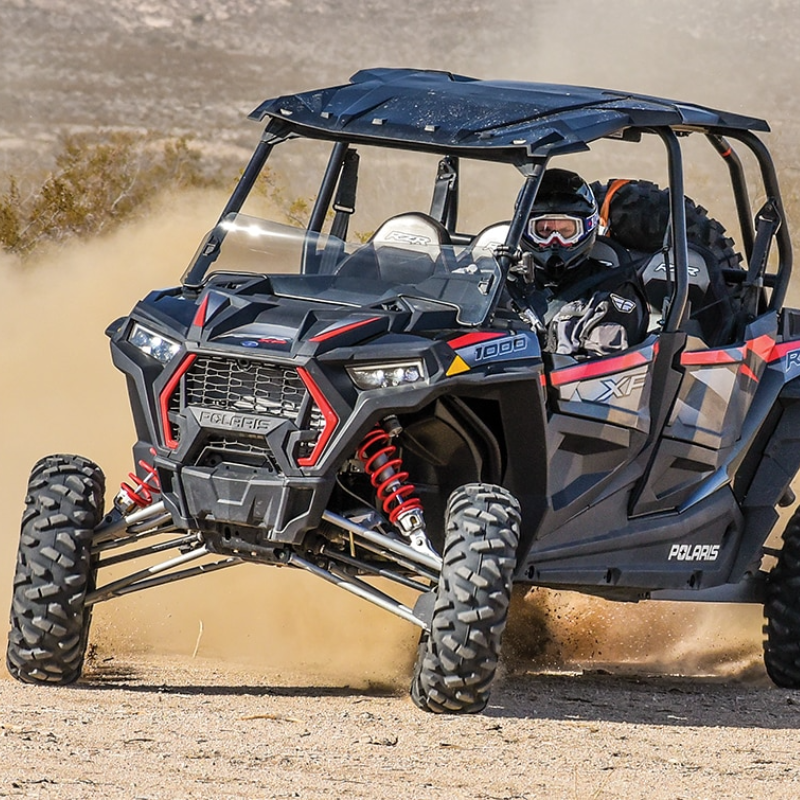Imagine the day after a fantastic ATV ride. You feel relaxed after spending time outdoors with friends or family. The force required to manoeuvre your quad has caused your muscles to ache. You know intuitively you’ve done something good for both the body and soul—and now a study conducted at York University in Toronto has indicated that you are right.
The report, published in the July 2010 issue of Medicine & Science in Sports & Exercise, was conducted over three years. Participants wore specially designed helmets that measured physiological reactions to ATVing and OHVing.
The end results indicated that rides done at the appropriate frequency and duration provide a workout consistent with Canada’s current exercise guidelines.
What does this mean to the average ATVer? Jo-Anne Farquhar, the director of communications and public affairs for the Canadian Off-Highway Vehicle Distributors Council, said that such studies open the door to more studies, as well as providing leverage for financial aid.
“It would be an advantage to some of the clubs and organizations when they’re looking to be considered for tax breaks,” said Farquhar. “It (also) puts us one step closer in discussions with government about benefiting through children’s activities and tax benefits.”
Though such research does take time, Farquhar said it was worth the wait.
“We were pleased with the results and pleased to confirm what we’ve known all along—that getting outdoors and engaging in the activity of your choice is beneficial to anyone’s quality of life,” said Farquhar.








Comments